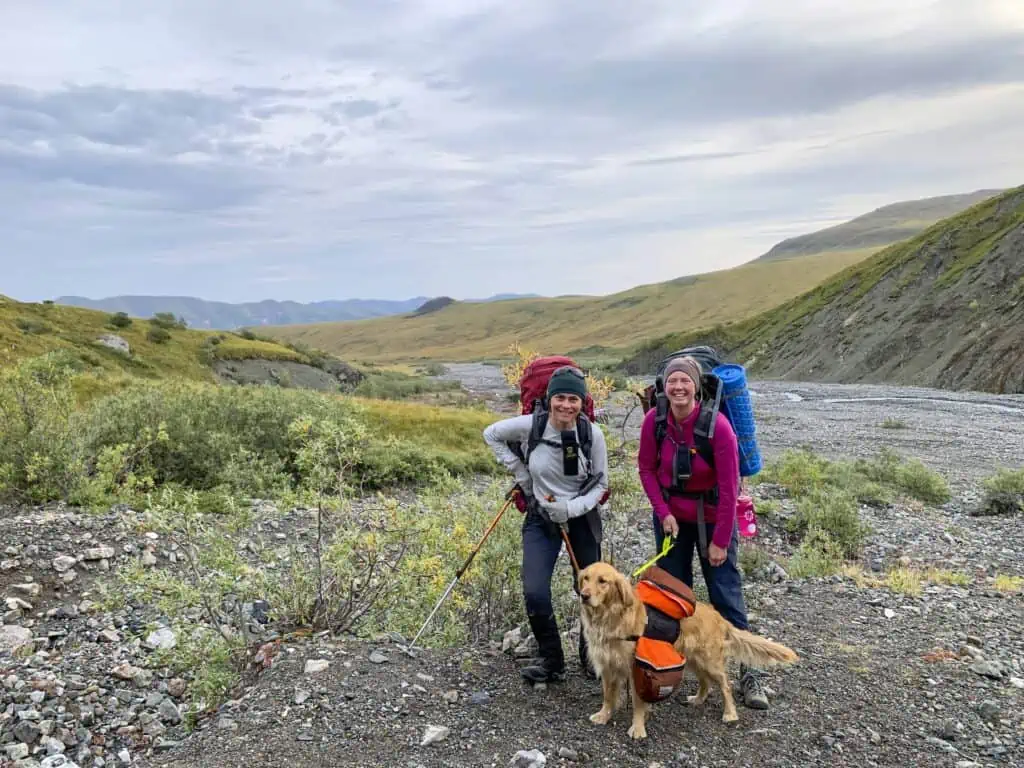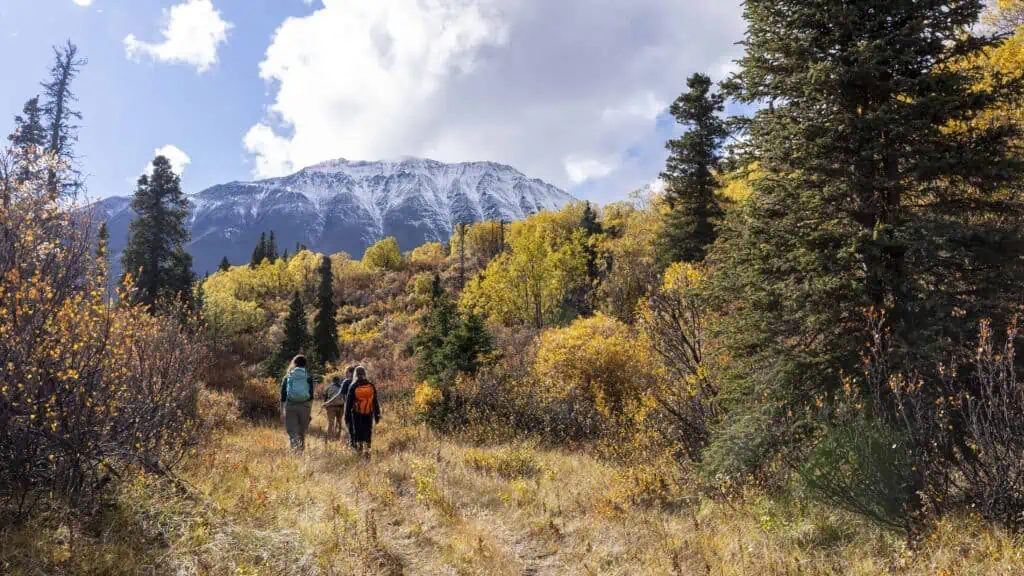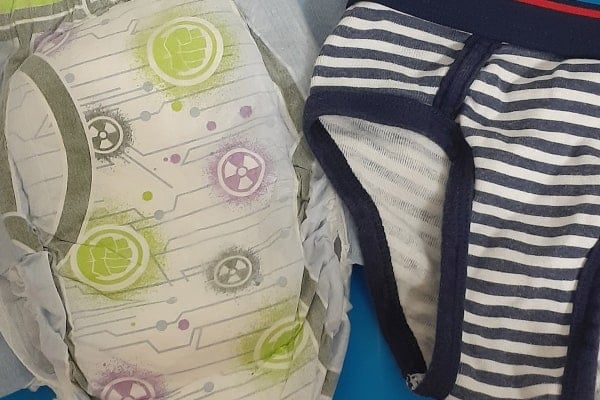Defining and dealing with droppings while hiking


Size, shape, texture, colour, smell—scat (or poo, poop, doo-doo … whatever you prefer)—comes in as many variations as there are animal species, with even more possibilities once you account for the diet and health of each creature.
If you have visited Kluane National Park and Reserve, you’ve probably come across many delightful bouquets of scat along the trails. Moose tend to leave behind droppings reminiscent of chocolate-covered almonds, while Dall sheep mark their passing with smaller, more-delicate pellets that resemble chocolate-covered raisins. It’s the bears, both grizzly and black, who like to mark their passing in vivid detail, so make sure to watch your step. There’s a Southern Tutchone teaching that says to step respectfully around a bear’s scat, so that they know to step around you too!
A crowd favourite on guided hikes is identifying what’s in the scat. Whose fur might be visible in the dropping that nà-däy (lynx, in Southern Tutchone) left behind? Which berry has shar shäw (grizzly bear) been feasting on recently? For instance, soapberry meals are easy to spot as they are always goopy, bright red and half-digested.
It’s as natural as a bowel movement to get curious about what’s been left behind by an animal passing along the same path that you’re on. It’s also natural to want to ask an expert about what you’re looking at if you’re not sure who it came from. The visitor-experience team works hard to be as knowledgeable as they can about the creatures pooping in the woods, and the team will happily answer all of your burning questions. Our only ask, for your health and ours, is that you send us only photos of the pile in question, and otherwise leave it where it lies.
While the moose, sheep, lynx, bears and their many neighbours are expected to leave their waste where it plops—you, our human visitors, are expected to pack out any nuggets that you and your canine companions might drop. The practice of packing out human and dog waste from the backcountry prevents harmful bacteria from entering the groundwater and impacting wildlife and vegetation. Since your dog is always on a leash in the park, it’s easy to keep track of where they drop their load, and being prepared with waste bags, for both animals and humans, is a breeze since they are light and easy to pack.
As you spend more time outside in the coming months, we wish you the best of luck in the stinky game of matching wild feces to their species!




